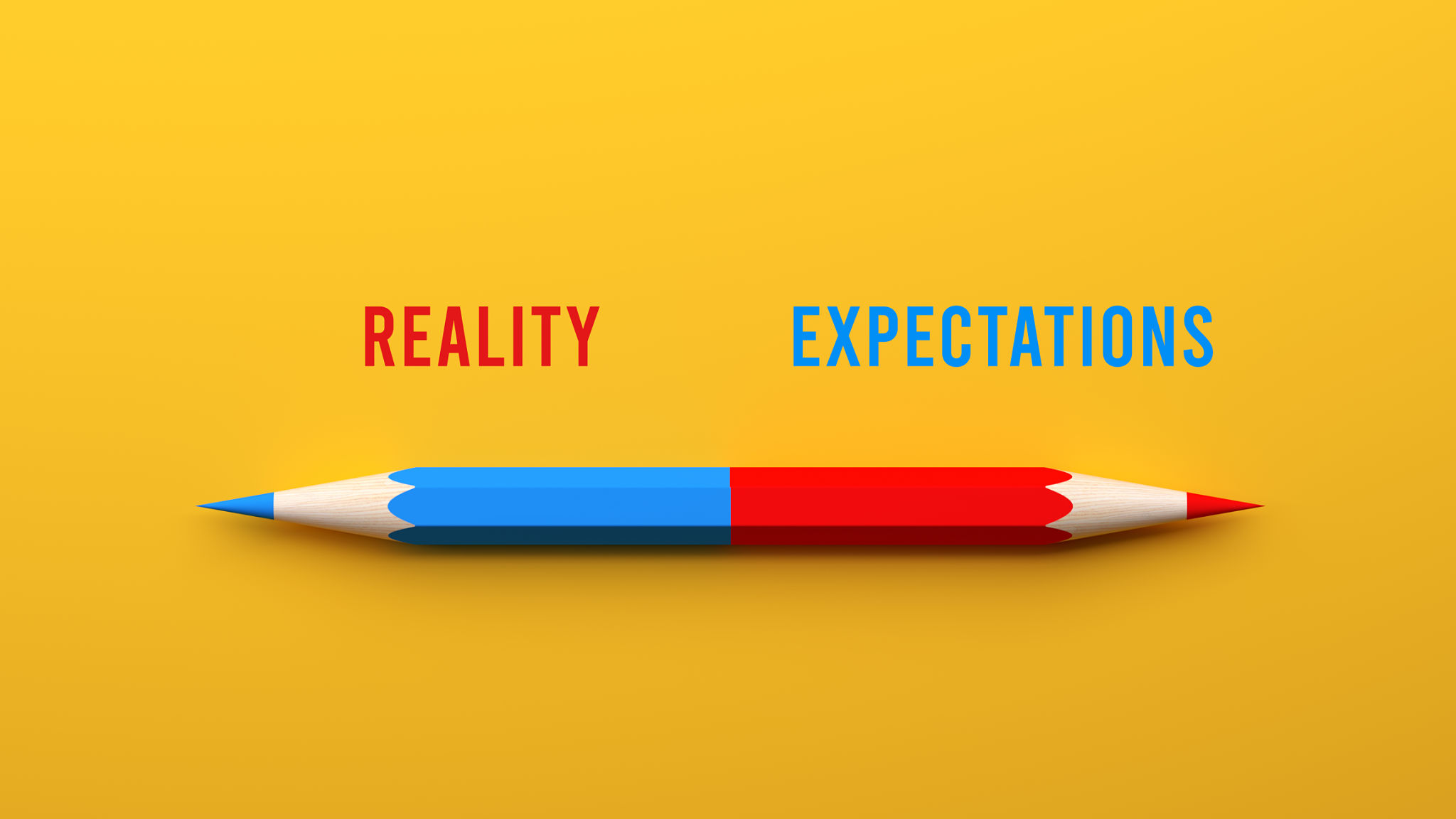Debunking Myths About Alternative Education Systems
Understanding Alternative Education Systems
Alternative education systems often face skepticism and misunderstanding. These systems deviate from traditional schooling methods, offering unique approaches to learning that cater to diverse needs and preferences. However, several myths persist about their effectiveness and value. It's crucial to debunk these myths to better appreciate the potential of alternative education systems.

Myth 1: Alternative Education is Only for Troubled Students
A common misconception is that alternative education systems are primarily for students who struggle in conventional settings due to behavioral issues. This is far from the truth. While some alternative programs do cater to students needing additional support, many are designed to enhance learning experiences for all students, regardless of their background or academic performance.
Alternative education can benefit students seeking more personalized or flexible learning environments. For example, Montessori and Waldorf schools focus on holistic development, nurturing creativity and independent thinking rather than simply addressing behavioral problems.
Myth 2: Alternative Education Lacks Academic Rigor
Another prevalent myth is that alternative education systems are less academically rigorous than traditional schools. This misconception likely stems from the unconventional methods used in such systems, which often emphasize experiential and hands-on learning over standardized testing.
In reality, many alternative education programs maintain high academic standards. They offer curricula that challenge students to think critically, solve problems creatively, and build a strong foundation in essential subjects. For instance, International Baccalaureate (IB) programs are known for their demanding coursework and global perspective.

Myth 3: Alternative Education Hinders College Admissions
Some believe that students from alternative education backgrounds face difficulties in gaining admission to colleges and universities. In fact, many colleges recognize the unique skills and perspectives that these students bring. Admissions officers often appreciate the diverse experiences and critical thinking capabilities fostered by alternative education systems.
Furthermore, alternative education students often develop strong portfolios of work and demonstrate self-directed learning abilities, making them attractive candidates for higher education institutions. Many graduates from alternative schools attend prestigious universities worldwide.
Myth 4: Alternative Education is Expensive
Cost can be a concern for families considering alternative education options. While some private alternative schools may have higher tuition fees, there are numerous affordable or even free options available. Charter schools, for example, offer alternative educational approaches without any cost to families.

Additionally, many public school districts are increasingly adopting alternative education methods within their traditional schools, providing access to innovative learning experiences without additional expense.
Myth 5: Alternative Education Lacks Socialization Opportunities
The idea that students in alternative education settings miss out on socialization opportunities is another myth. In fact, these programs often prioritize community engagement and teamwork. Students frequently participate in group projects, collaborative activities, and community service, which help them develop strong social skills.
Moreover, smaller class sizes in many alternative schools allow for closer relationships between students and teachers, fostering a supportive community environment where social interactions thrive.
Conclusion: Embracing Diverse Educational Paths
As we debunk these myths about alternative education systems, it becomes evident that they offer valuable alternatives to traditional schooling methods. These systems can provide enriched learning experiences tailored to individual needs, promoting academic excellence and personal growth.
By understanding and embracing the diversity of educational paths available, we can support students in finding the best environment for their unique learning styles, ultimately preparing them for success in an ever-changing world.